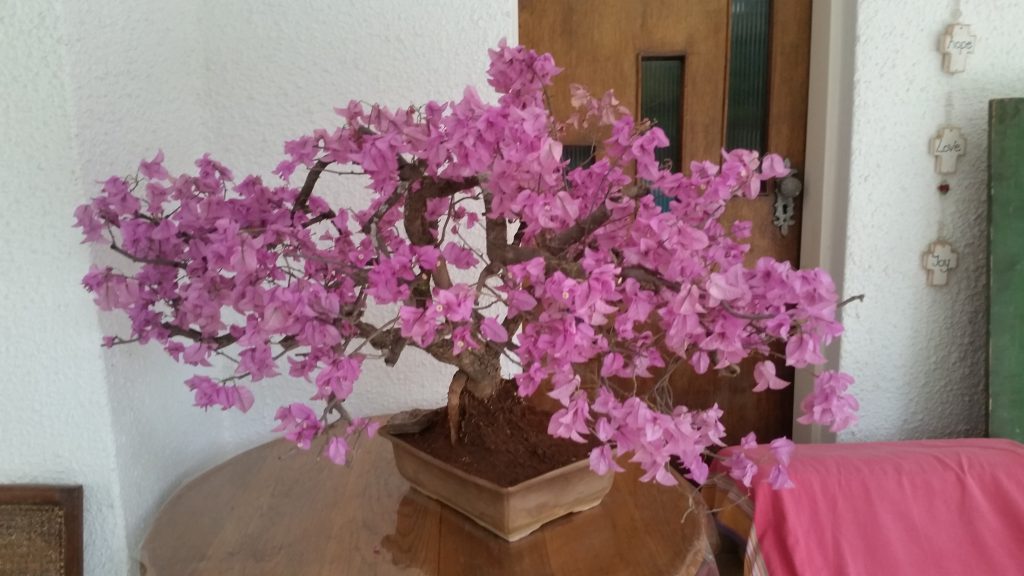By Morag Flight
What a lovely month this is with everything bursting with growth after those long months of dryness. With a little effort, this month you can have early flowers and a colourful garden even without the benefit of our non-existent municipal water.
What a lovely month this is with everything bursting with growth after those long months of dryness. With a little effort, this month you can have early flowers and a colourful garden even without the benefit of our non-existent municipal water.
Flowers to Plant:
Amaranthus, Antirrhinum, Aquilegia, Aster, Balsam, Calendula, Cineraria, Conbolvulus, Cosmos, Geum, Gypsophilia, Iceland Poppy, Linaria, Marigold, Nemesia, Nigella, Pansy, Petunia, Portulaca, Rudbeckia, Primula, Stocks, Stokesia, Sweet William, Verbena, Wallflower and Zinnia.

Your regular maintenance is very important this month, that is, weeding, regular mowing of lawns, feeding of both vegetables and plants to maintain vigorous growth.
Dahlias which have been in flower will benefit from an application of D Compound (fork in about 25g around each plant).
Cut away Hydrangea heads and top dress with Ammonium Sulphate (Epsom Salts). Hydrangeas are the most rewarding plants and will give flowers for nearly five months of the year with a little care. They do best in semi shade as too dense shade will result in lots of foliage and few flowers. Maintain the colour by controlling the content of the soil. This should be acidic for blue and alkaline for pink.
Roses which are showing new growth and buds will benefit from 60g of fertiliser forked LIGHTLY into the soil. You can also plant out new roses this month. Just protect new bushes from the hot sun with a grass wigwam.
Bougainvilleas are ideal plants for dry conditions and if planted this month should be well established by the end of the rains. There are so many varieties now and you can choose from standard bushes, climbing or even Bonsai ones to keep in your home. You can plant at any time of the year but it does save on water to plant them now.

It is important to prepare the site properly. Dig a hole a metre square and metre deep. Place a good layer (15cm) of broken bricks/stones in the bottom and then fill with a mix of two parts WELL rotted manure, two parts good topsoil and one part river sand. It is also beneficial, if you can manage it, to put 1kg bonemeal and 1kg Calcium Nitrate in. Water the hole well and leave to settle for two to three days before planting.
Once your Bougainvillea is well established cut the watering to a minimum as they flower more prolifically under drought conditions.

